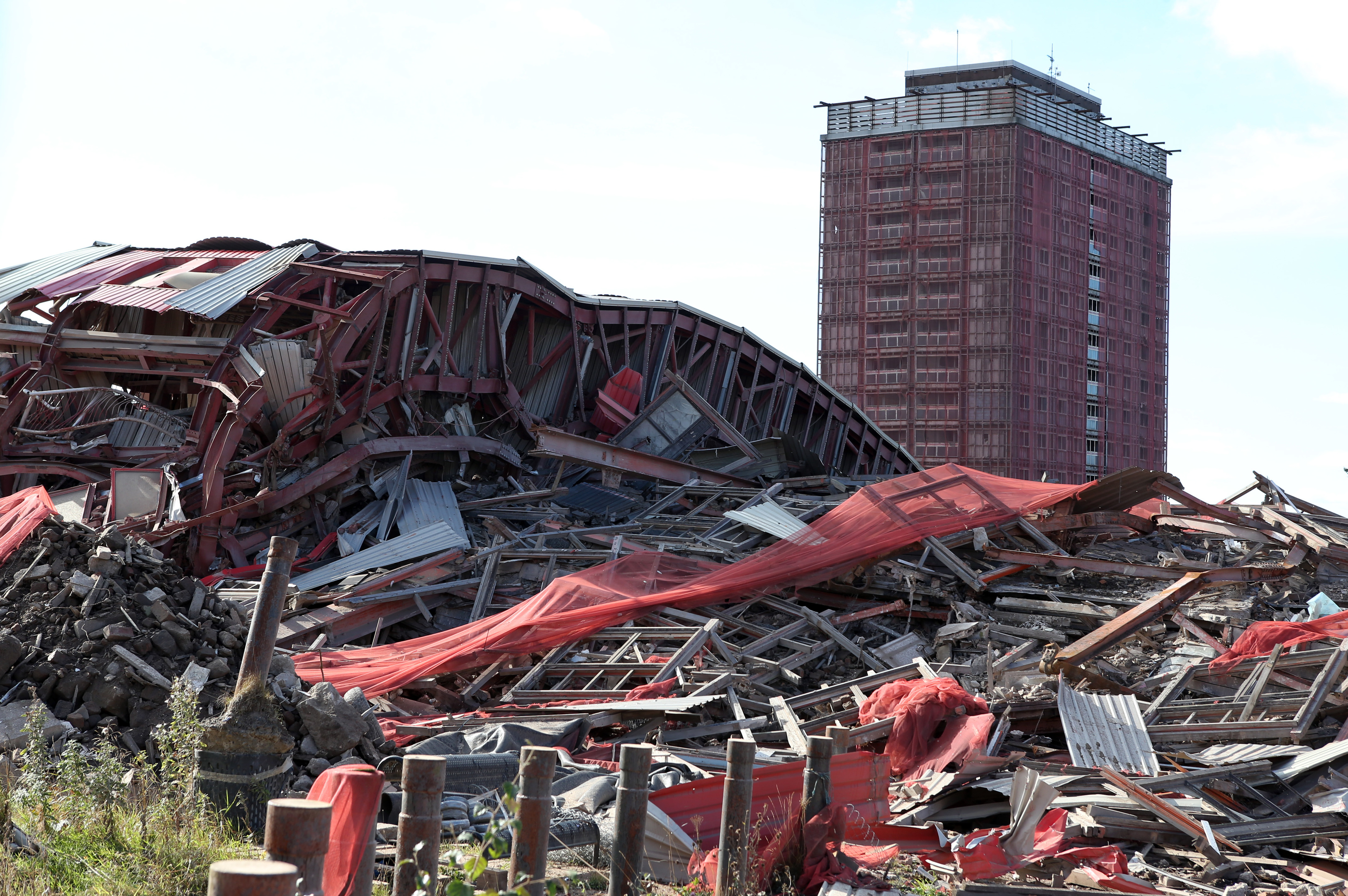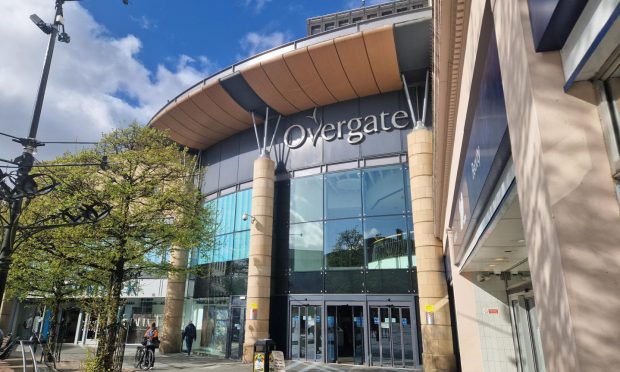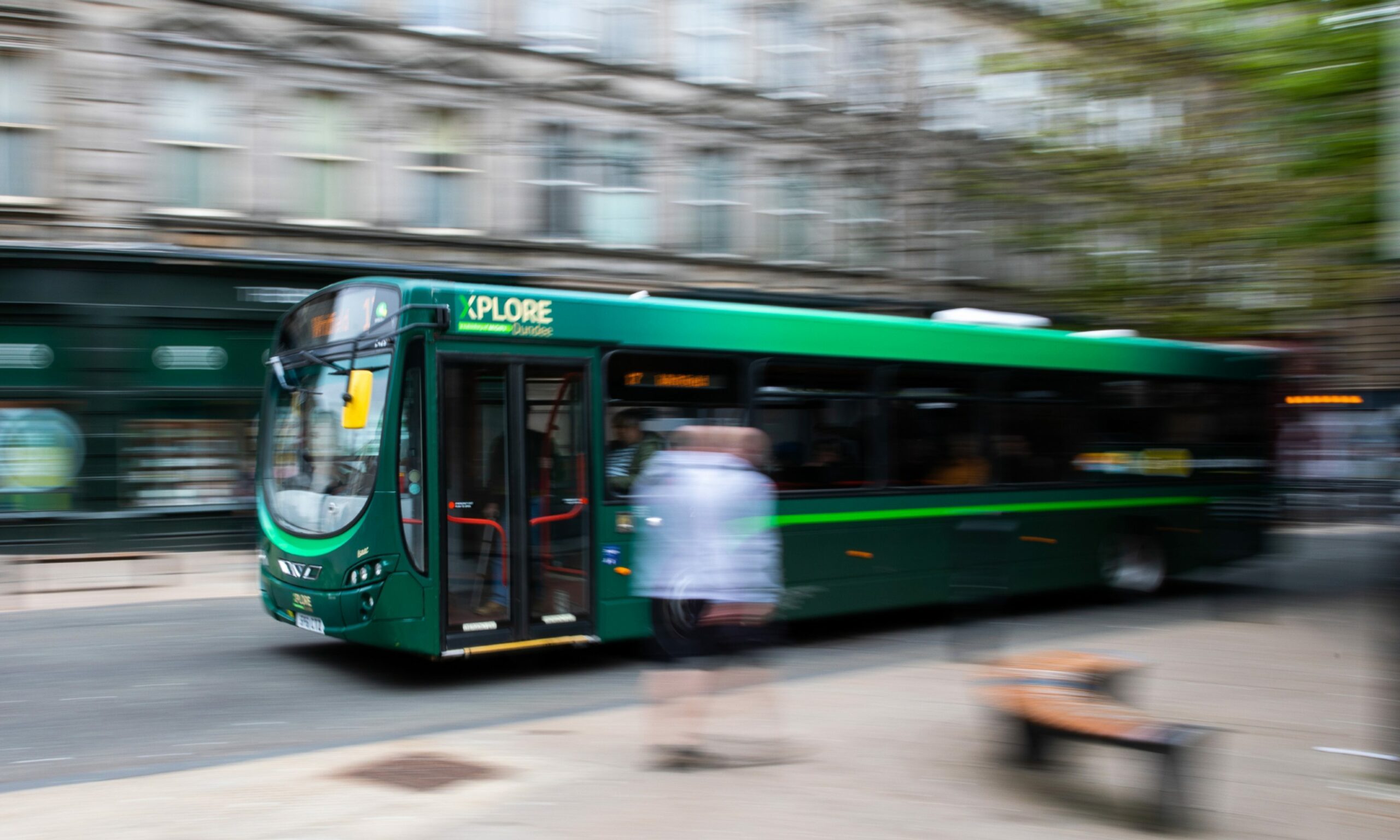Dundee demolition company Safedem was right to “err on the safe side” when estimating how much explosives were needed to demolish Glasgow’s six Red Road tower blocks.
Two multis – 123 Petershill Drive and 10 Red Court – were only partially destroyed by the blast during last year’s planned demolition.
A report into the failure last October found the company had faced “exceptional difficulties” in predicting how the structures would fall.
The report by Scott Bennett Associations on behalf of Glasgow Housing Association said the buildings had, unusually for 1960s multis, been constructed with steel columns, which led Safedem to underestimate their “robustness”.
Several hundred people gathered to watch the buildings topple.
The failed demolition meant around 2,500 people were unable to return to their homes until the buildings had been knocked down using high-reach machinery.
The report stated: “The partial collapse of both 123 Petershill Drive and 10 Red Road Court were due to the variances in their construction and the exceptional difficulties in predicting the behaviour of these unique buildings. “
It said Safedemn has uncovered “discrepancies” between the original plans for the tower blocks and what had been used in their construction.
The report continued: “Bearing in mind these discrepancies, it would have been reasonable for their designers to take a cautious view of the structures and err on the safe side, regarding pre-weakening.
“Unlike concrete structures, steel frames do not crush under impact from the debris above and tend to be more robust.”
Safedem declined to comment and passed all queries onto Glasgow Housing Association, which owned the tower blocks.
Regeneration director David Fletcher said the area will be completely cleared by next year.
He said: “Once cleared, the area will be turned, short-term, into a safe and attractive green space for the community while plans for housing and amenities are brought forward in phases.
“We’ve consulted with local residents at community events and their views are helping shape the future regeneration plans.”










